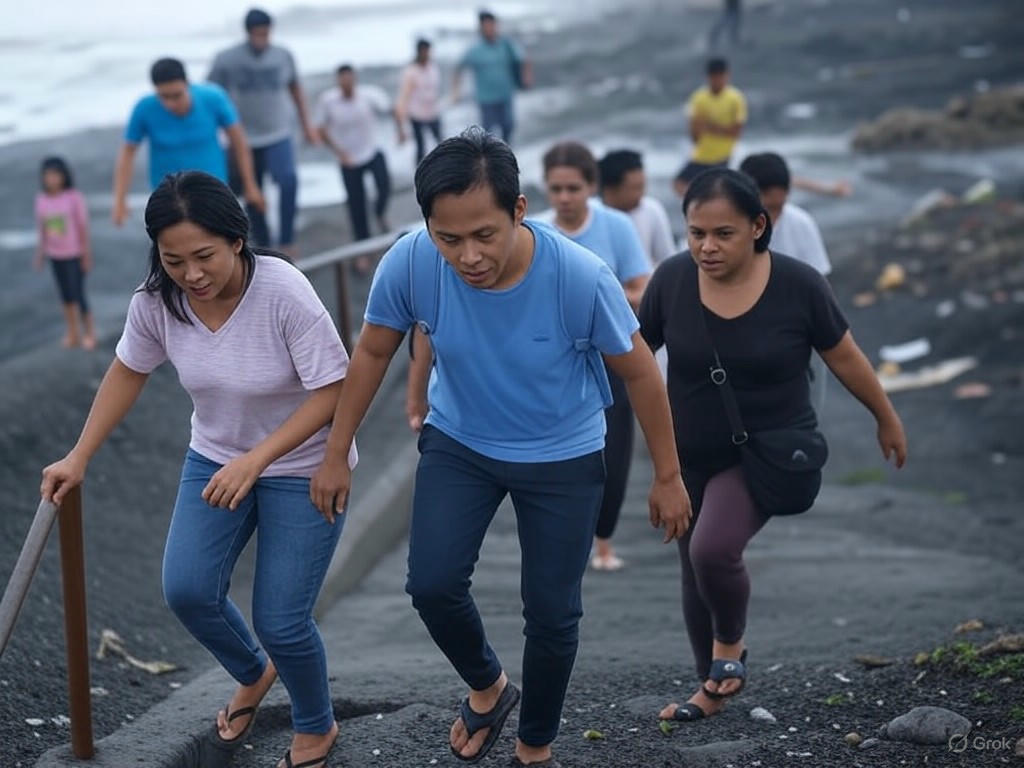Indonesia, an archipelago nation, is no stranger to natural disasters, with tsunamis being among the most devastating. Situated along the Pacific Ring of Fire, the country experiences frequent seismic activities, including earthquakes and volcanic eruptions, which can trigger tsunamis. This article delves into the nature of tsunamis in Indonesia, with a focus on Bali, and explores the importance of warning systems, preparedness, and safety measures.
What is a Tsunami?
A tsunami is a series of large waves generated by sudden disturbances in the ocean floor, most commonly caused by earthquakes. These waves can travel at high speeds across the ocean and cause widespread destruction when they reach the shore. In Indonesia, the tectonic setting makes the region particularly vulnerable to such events.

Tsunamis in Bali
Bali, a popular tourist destination, has experienced the impact of tsunamis in the past. The island's location near the subduction zone where the Indo-Australian Plate meets the Eurasian Plate increases its risk. The most notable event was the 2004 Indian Ocean tsunami, which affected the entire region, including Bali.
The Role of Earthquakes
Earthquakes are the primary cause of tsunamis in Indonesia. The country experiences thousands of earthquakes annually, most of which are minor. However, strong quakes near or under the ocean can displace large amounts of water, leading to tsunamis. Monitoring these seismic activities is crucial for early detection and warning.
Warning Systems and Preparedness
Indonesia has made significant strides in developing tsunami warning systems. The Tsunami Early Warning System (TEWS) was established to provide timely alerts to coastal communities. However, the effectiveness of these systems depends on public awareness and preparedness.
Local governments and communities are encouraged to develop evacuation plans and conduct regular drills. Education on recognizing tsunami signs, such as a sudden withdrawal of the sea, is vital for safety.
Safety and Evacuation Measures
In the event of a tsunami warning, immediate evacuation to higher ground or inland is critical. Indonesia's coastal areas often have designated evacuation routes and shelters. It is essential for residents and visitors to familiarize themselves with these routes and follow the instructions of local authorities.

Conclusion
Understanding tsunamis in Indonesia is crucial for mitigating their impact. With the right combination of advanced warning systems, community preparedness, and effective evacuation plans, the nation can enhance its resilience against these natural disasters. For those living in or visiting areas like Bali, staying informed and prepared can make a significant difference in safety and survival.